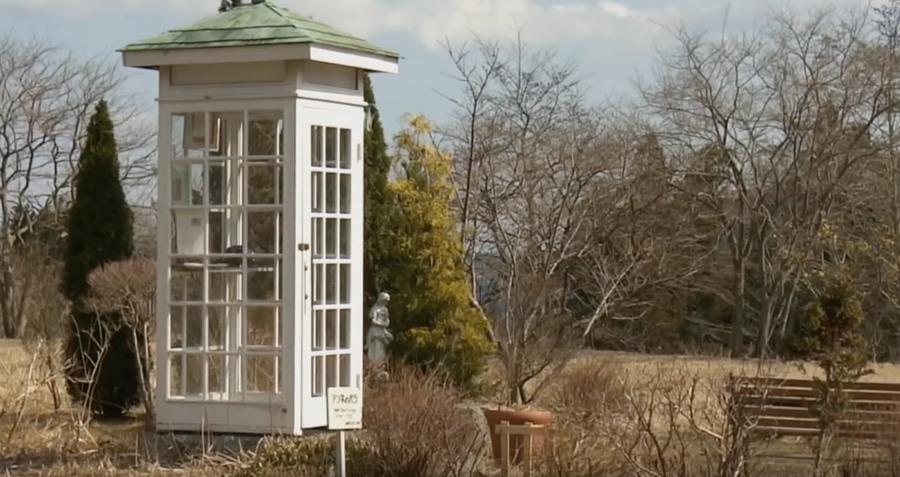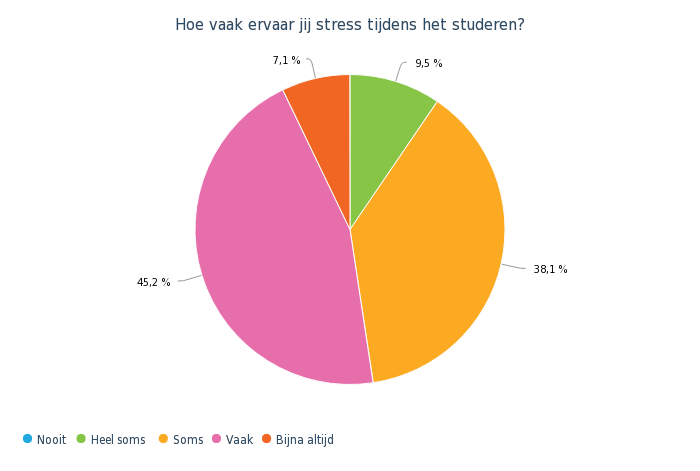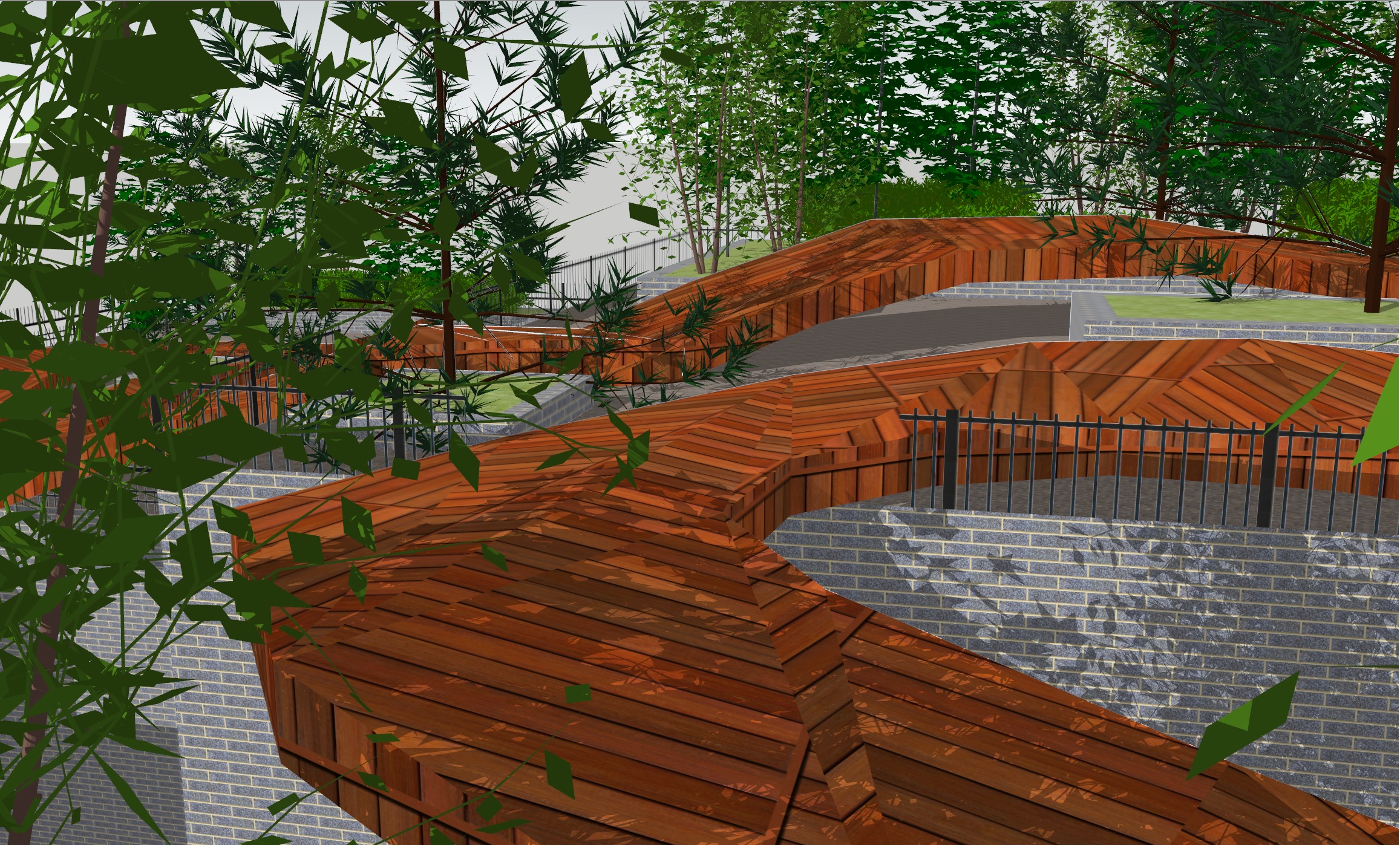Social Practice P2
Cultural Diversity - Healing Rituals
Laudi Holster
Introduction
My project
Social practice
Cultural diversity - Healing rituals
Visit Hortus Botanicus Leiden
All workers of the cultural field pull from a shared kit of research method.
Method + context = practice.
When research methods are consistently applied to a certain context - time, people, place, history - they lead to theories and outcomes that are likely to have a recognizable character: a practice.
Place-based learning (method) + situated relations (context) = social practice (practice).
Socially engaged works must learn from the places from which they are meant. Place-based learning looks at the local, historical and sociopolitical relationships of a built environment, which becomes the site and context from which students learn.
"We must design and develop new forms of rituals that makes us more skillful in living with others." (Sennett, 2012)
Healing is a process of
restoration from unbalanced, diseased, damaged situations.
Three key concepts of rituals from a performance perspective (Petrelli & Light, 2014):
- a ritual is an event that expresses cultural values and affects people’s perception;
- participants are active, and the sensorial aspect of taking part is important;
- ritual performances are framed in some ways to contrast with everyday life.
I was really inspired after this visit. Mostly by the feeling I got being here. Some sort of feeling of peace and calmness. The exercises we did there were really nice with this.
Eventually I used this in my end design. I created the feeling I got in the gardens on top of the roofs. This is visible in my video.
Research & Inspiration
TED Talk: Architecture that's built to heal - Micheal Murphy
"If hallways are making patients sicker, what if we could design a hospital that flips the hallways on the outside, and makes people walk in the exterior? If mechanical systems rarely work, what if we could design a hospital that could breathe through natural ventilation, and meanwhile reduce its environmental footprint? And what about the patients' experience? Evidence shows that a simple view of nature can radically improve health outcomes. So why couldn't we design a hospital where every patient had a window with a view? Simple, site-specific designs can make a hospital that heals."
More examples the talks about in this TED talk:
Haiti: "Where we asked if a new hospital could help end the epidemic of cholera. In this 100-bed hospital, we designed a simple strategy to clean contaminated medical waste before it enters the water table."

Malawi: "We asked if a birthing center could radically reduce maternal and infant mortality. Malawi has one of the highest rates of maternal and infant death in the world. Using a simple strategy to be replicated nationally, we designed a birthing center that would attract women and their attendants to come to the hospital earlier and therefore have safer births."
Congo: "Where we asked if an educational center could also be used to protect endangered wildlife. Poaching for ivory and bushmeat is leading to global epidemic, disease transfer and war. In one of the hardest-to-reach places in the world, we used the mud and the dirt and the wood around us to construct a center that would show us ways to protect and conserve our rich biodiversity."
US: "We were asked to rethink the largest university for the deaf and hard of hearing in the world. The deaf community, through sign language, shows us the power of visual communication. We designed a campus that would awaken the ways in which we as humans all communicate, both verbally and nonverbally."
"Countries like Germany and South Africa and, of course, Rwanda, have found it necessary to build memorials to reflect on the atrocities of their past, in order to heal their national psyche."
"Buildings are not simply expressive sculptures. They make visible our personal and our collective aspirations as a society. Great architecture can give us hope. Great architecture can heal."
Haïti
Malawi
Congo
Assignment: Define a relation of disruption, where you want to intervene the situation. Map out (un)balanced
memories and explore unfolding routines. Develop a narrative arc and purpose for your healing ritual in order to generate new ways of restoration. By performing formulas of transition, you’ll express the phases of your ritual journey using symbolic tools for care, cure and protection. The ritual will be captured with a video piece [2-5 minutes]. Make use of sensory elements and choose
inspiring daily settings.
My healing ritual is about stress relief among students. A lot of students have a lot of stress these days. I made an survey, filled in by 45 students, showing me the following:
As a second question I asked what they like to do to feel relieved from the stress. A lot of them answered something like movement/sports, walking, change of space or socializing. I wanted to use this for the design of my tool. Next to that I asked where they do this, most of them did things at home for stress relief but not a lot at school. Combining this I came up with the idea of a walking bridge on top of rooftops in the city.
In the video I explain the rest.
TED Talk: How architecture helped music evolve - David Byrne
TED Talk: How do you build a sacred space? - Siamak Hariri
Positioned atop a grassy hill overlooking the Pacific Ocean, a phone booth in Otsuchi, Japan allows living people to call their dead relatives and loved ones. Called the “phone of the wind,” the disconnected rotary phone positioned inside a glass booth allows callers to send verbal messages to those they’ve lost, which the wind then carries away.
The whole story: https://allthatsinteresting.com/phone-of-the-wind



My findings about walking and stress:
Stress among students is a very topical subject.
Taking time out to pursue an activity like walking can get your mind off distressing concerns and give you a feeling of detachment from daily pressures. By relaxing and giving your mind the room to wander, you may be able to see the situation in a new light. You may even come up with a solution to your dilemma.
But, within the big busy city it is less effective.
The buzzing of people, cars zipping down the street and bright billboards flashing advertisements are all part of the urban environment. The constant stimulation puts stress on brains that evolved in more tranquil environments. Nature presents scenes that gently capture your attention instead of suddenly snatching it, calming your nerves instead of frazzling them.
Stress-related problems arise when you cannot figure out how to adapt to a stressful situation.
When you feel threatened by a stressful situation, your body automatically prepares you for action. It produces hormones that quicken your pulse, tense your muscles, raise your blood pressure, and sharpen your senses.
This "fight or flight" mechanism was a lifesaver in earlier times when humans had to cope with physical danger every day.
Even today it comes in handy when you're forced into a situation that requires quick action. Unfortunately, most of the stressful situations you're faced with in modern life probably don't require a physical fight or flight.
Instead, all this physiological commotion builds up -- putting you on edge and keeping you there.
Unless you find a way of coping with the situation and relieving the pent-up energy, you leave yourself open to a variety of stress-related psychiatric symptoms and physical ailments.
At some time, we all need a constructive method of releasing physical energy and emotional stress. Walking can help relieve stress, by relieve muscle tension and reduce hormones that serve as messengers of stress.
Walking can also be regarded as a social activity, offering an opportunity to enjoy the company of friends or family. Conversely, it can also be done alone, allowing you the freedom to sort through your thoughts.